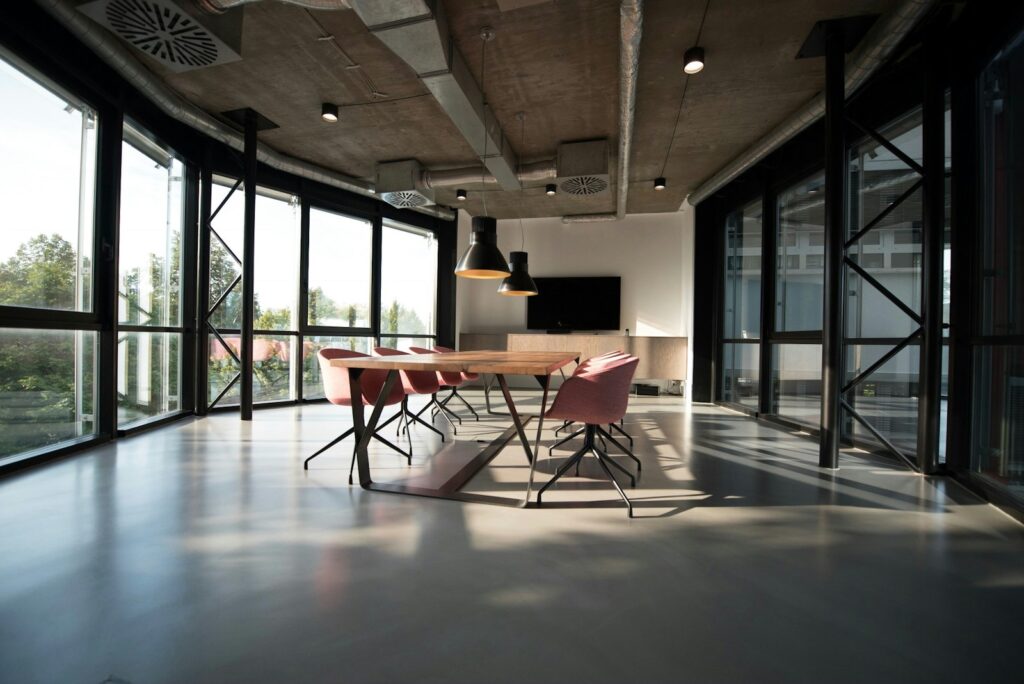In a world where the one-size-fits-all approach to office design is rapidly becoming obsolete, Katie Titi, an environments strategist and coach, is leading the charge towards creating spaces that cater to neurodiversity. With a focus on aiding creatives and researchers, Katie’s work is at the forefront of a crucial shift in how we conceptualize and implement workspace design, particularly in the context of the challenges posed by open offices and return-to-work mandates.
The Problem with Open Offices
The open office layout, once hailed as the future of workplace design for its potential to foster collaboration and break down hierarchical barriers, has come under scrutiny for its unintended consequences, especially for neurodiverse individuals. For people who identify as creative or those in STEM fields, the constant noise, lack of privacy, and visual distractions can hinder productivity and exacerbate stress.
Katie Titi has observed these challenges firsthand and emphasizes the need for a reevaluation of such spaces. “The open office concept, while well-intentioned, often overlooks the diverse needs of its occupants,” Katie explains. “Neurodiverse individuals, in particular, can find these environments overwhelming, leading to a decrease in job satisfaction and output.”
Navigating Return-to-Work Mandates
The pandemic introduced a new dynamic to the workplace, with remote work becoming the norm for many. As businesses begin to mandate a return to the office, the transition poses unique challenges for neurodiverse employees. Katie is deeply involved in this transition, advocating for environments that not only respect but celebrate cognitive differences.
“Returning to the office isn’t just about reacclimating to a physical space. It’s about ensuring that space accommodates the varied ways in which people excel,” says Katie. Her approach involves working closely with companies to redesign workspaces that provide various settings for different needs, such as quiet areas for focused work and more interactive spaces for collaboration.
Creating Spaces That Empower
At the heart of Katie Titi’s philosophy is the belief that well-designed environments can act as catalysts for innovation and productivity. This is especially true for creatives and researchers, whose work often demands high levels of concentration and creativity. By recommending and incorporating neurosensitive elements such as lighting, noise control, accessories, furnishings, and layouts, Katie designs spaces that not only mitigate the challenges of the open office but actively contribute to the well-being and efficiency of neurodiverse individuals.
Katie Sandler: Contemplating a fresh start? Now is the perfect time!(Opens in a new browser tab)
The Future of Workspace Design
Looking ahead, Katie Titi envisions a workplace where neurodiversity is not just accommodated but is a cornerstone of design strategy. “The future of workspace design lies in its ability to adapt to the unique needs of its users,” Katie asserts. “By embracing neurodiversity, we open the door to more inclusive, innovative, and productive work environments.”
As businesses continue to navigate the post-pandemic world, the work of Katie Titi serves as a critical reminder of the importance of designing spaces that recognize and respect the wide range of human diversity. In doing so, we can create environments that not only meet the challenges of today but are poised to adapt to the needs of tomorrow.
